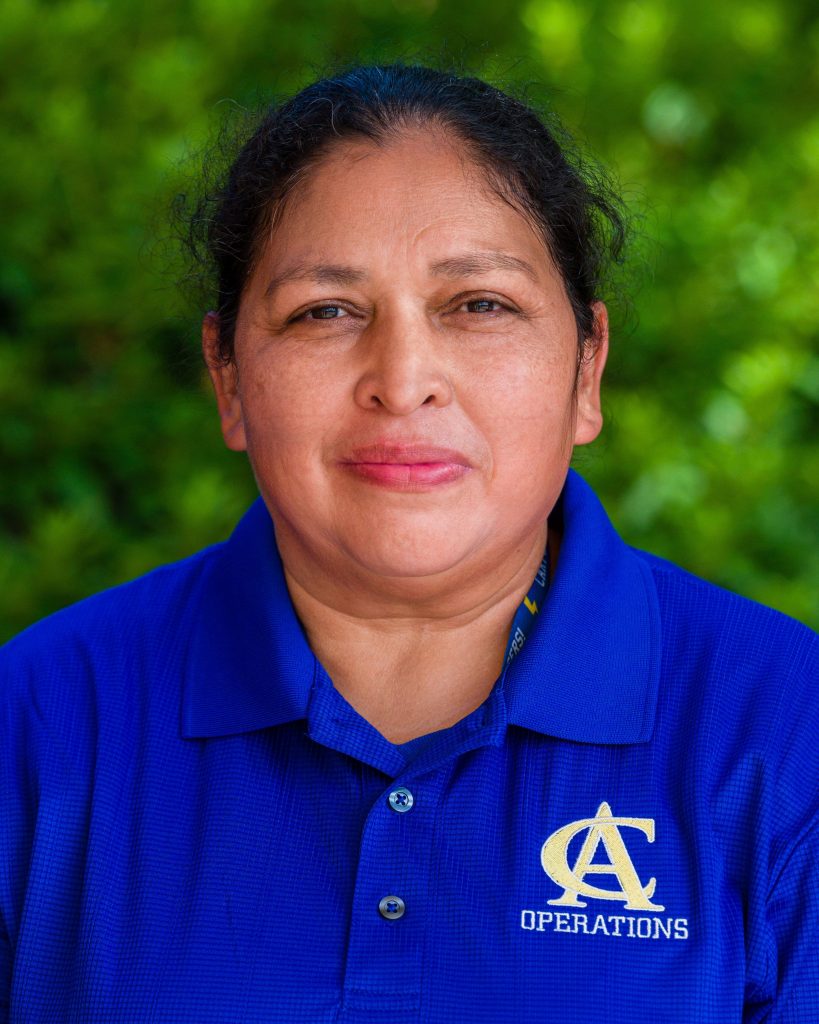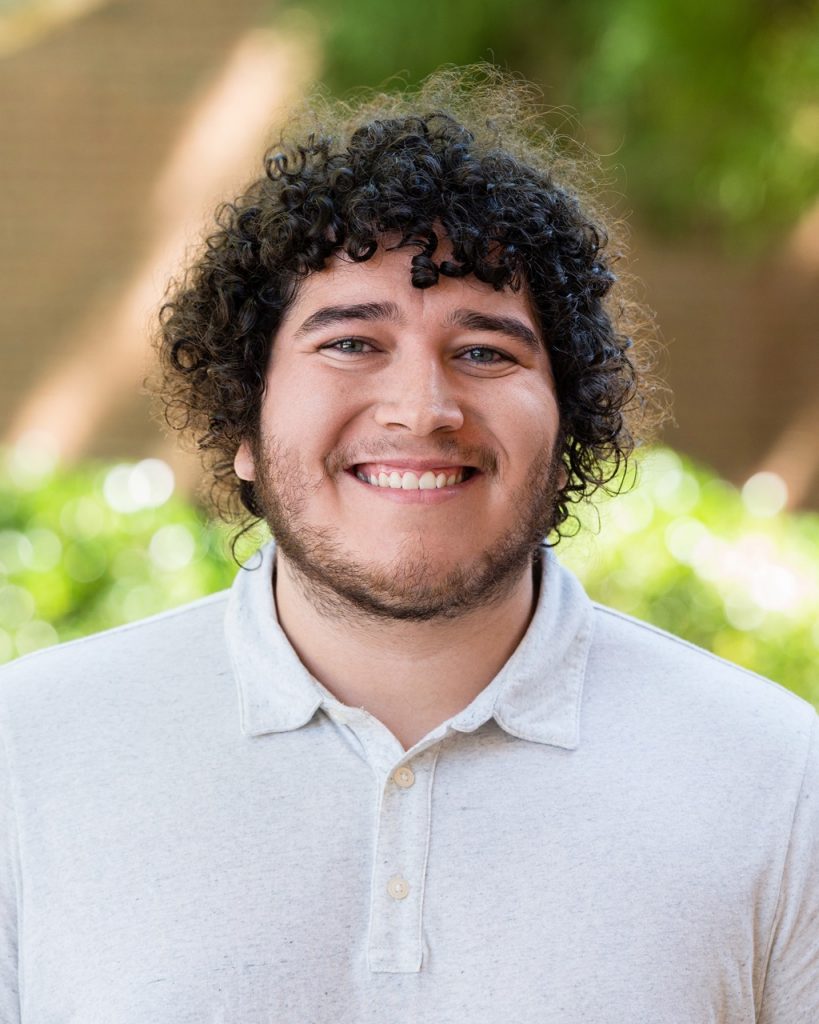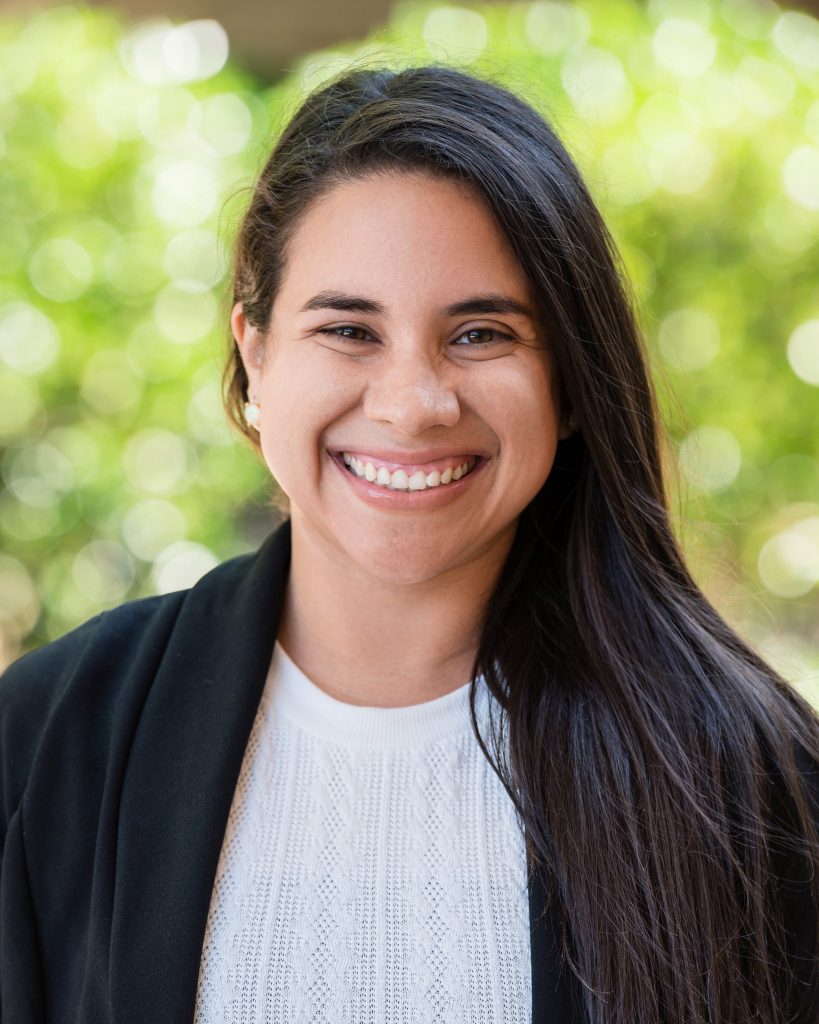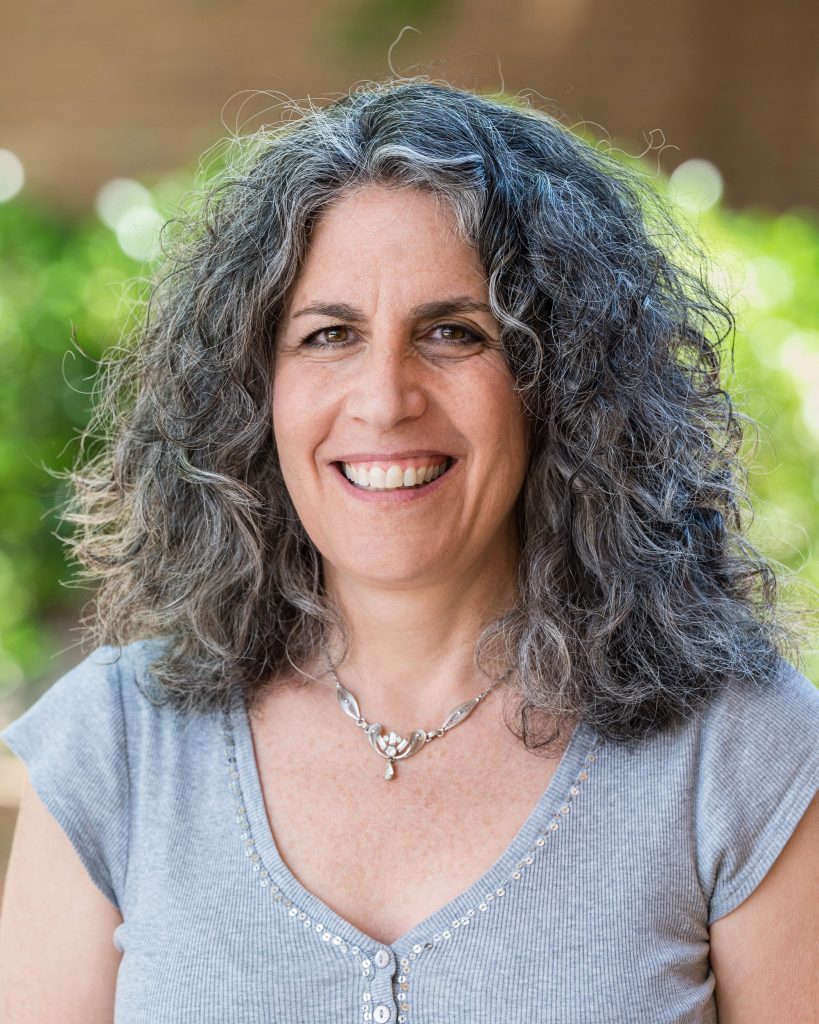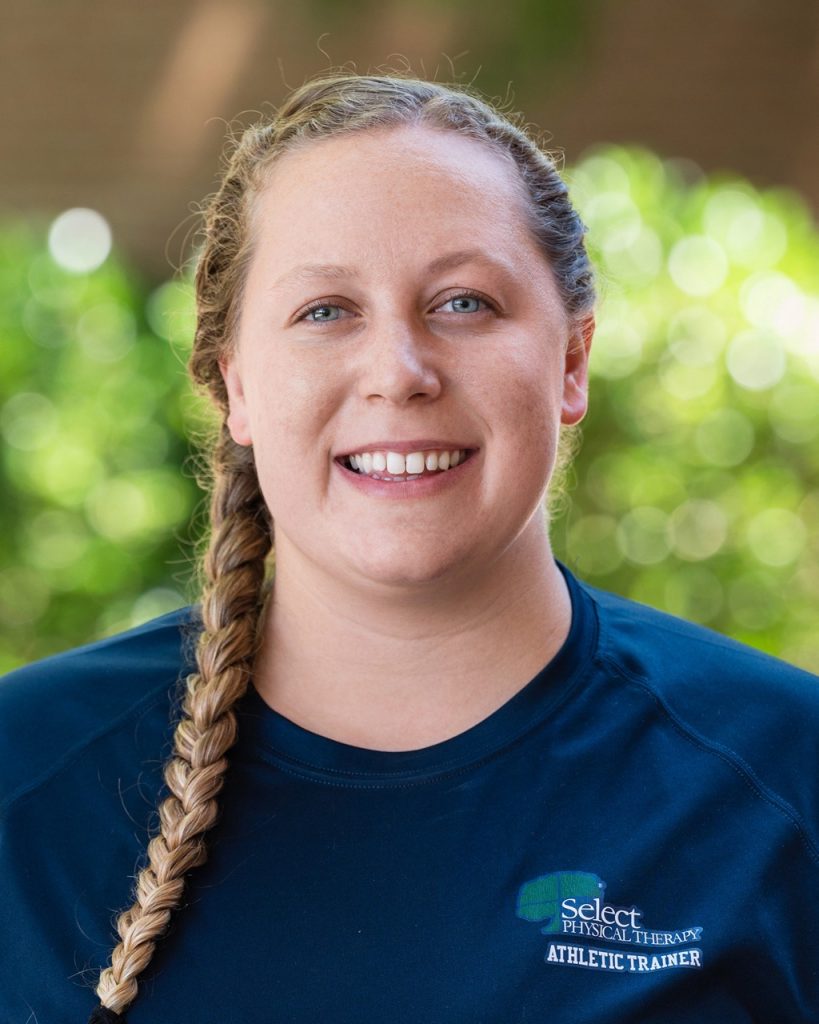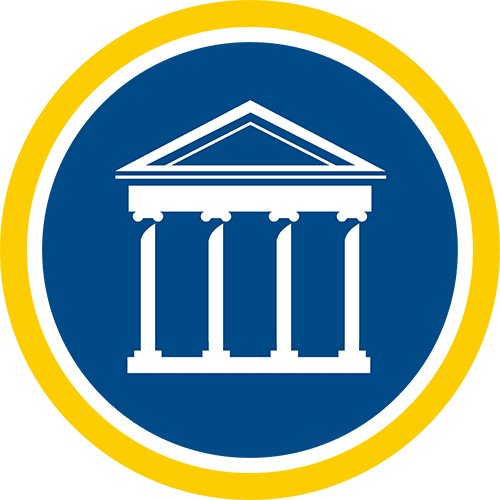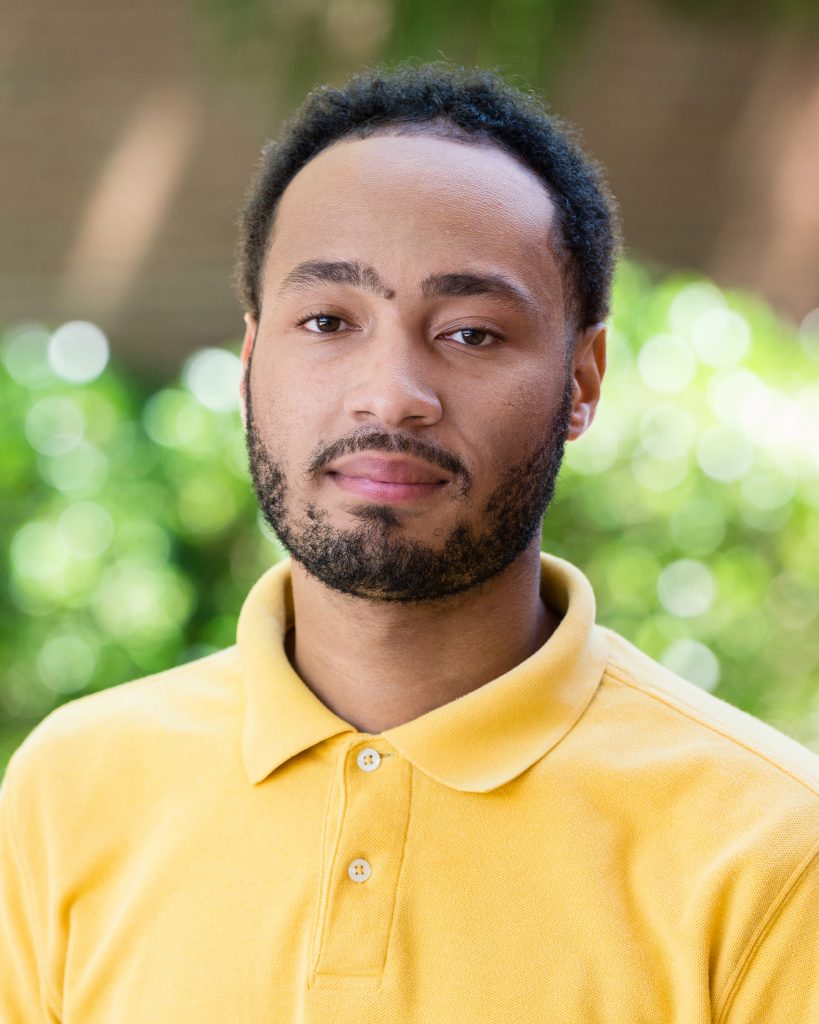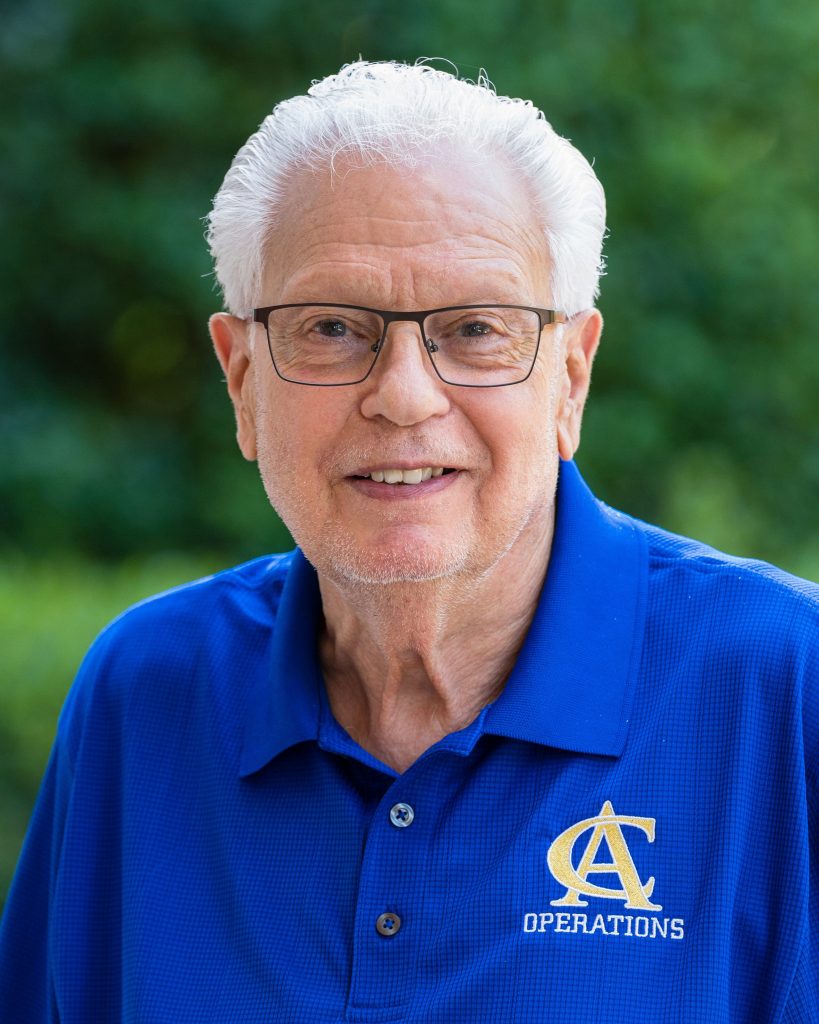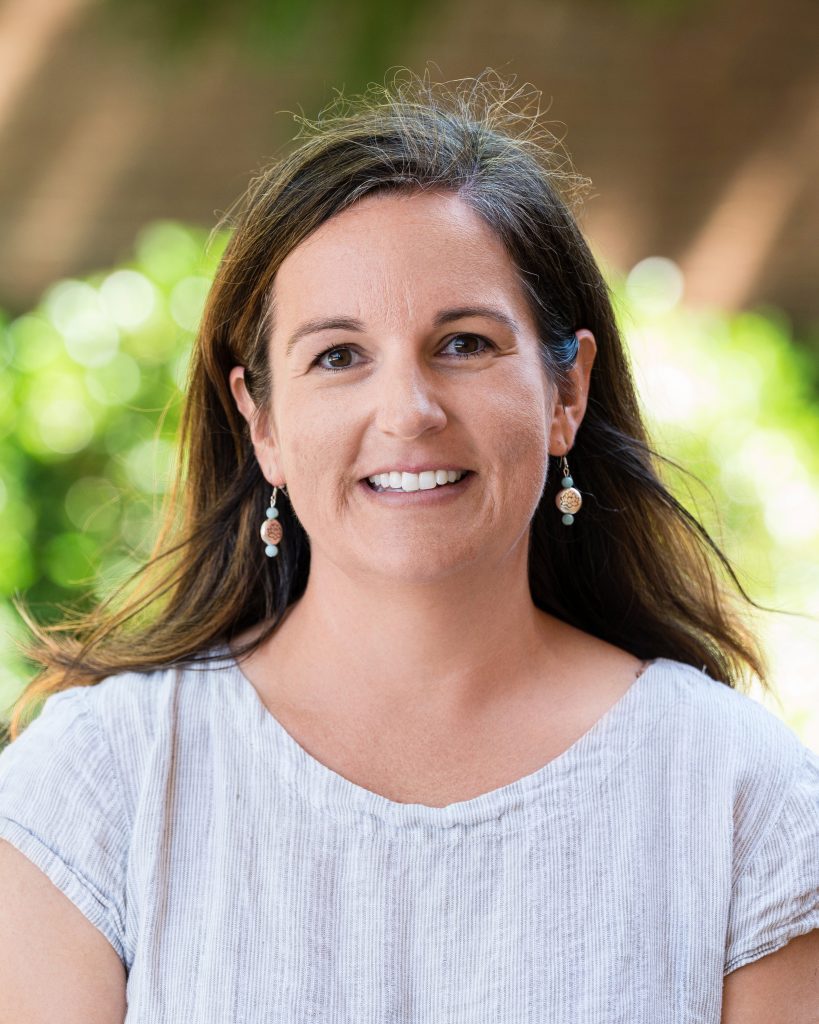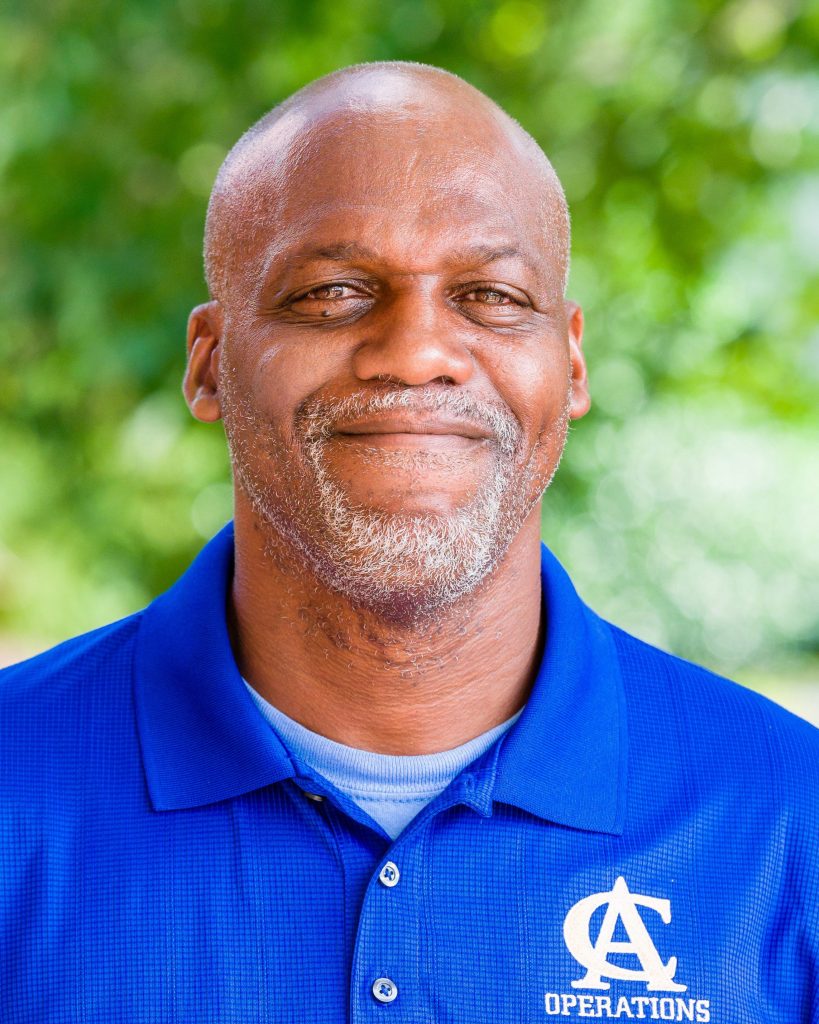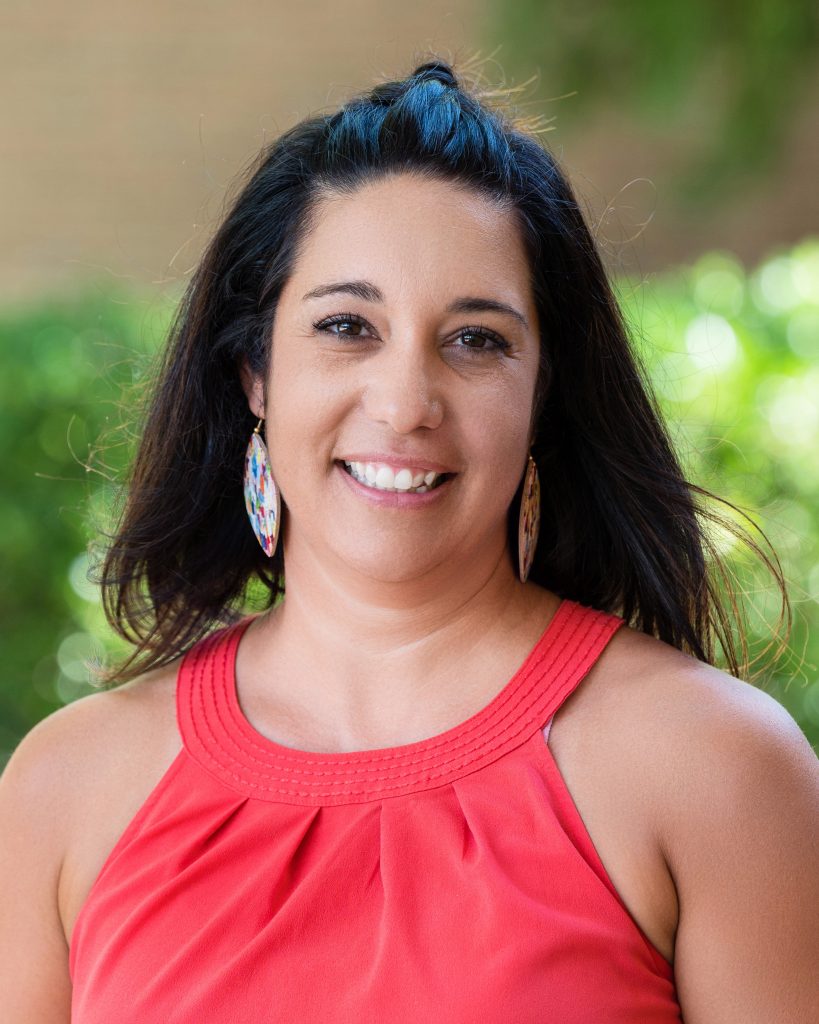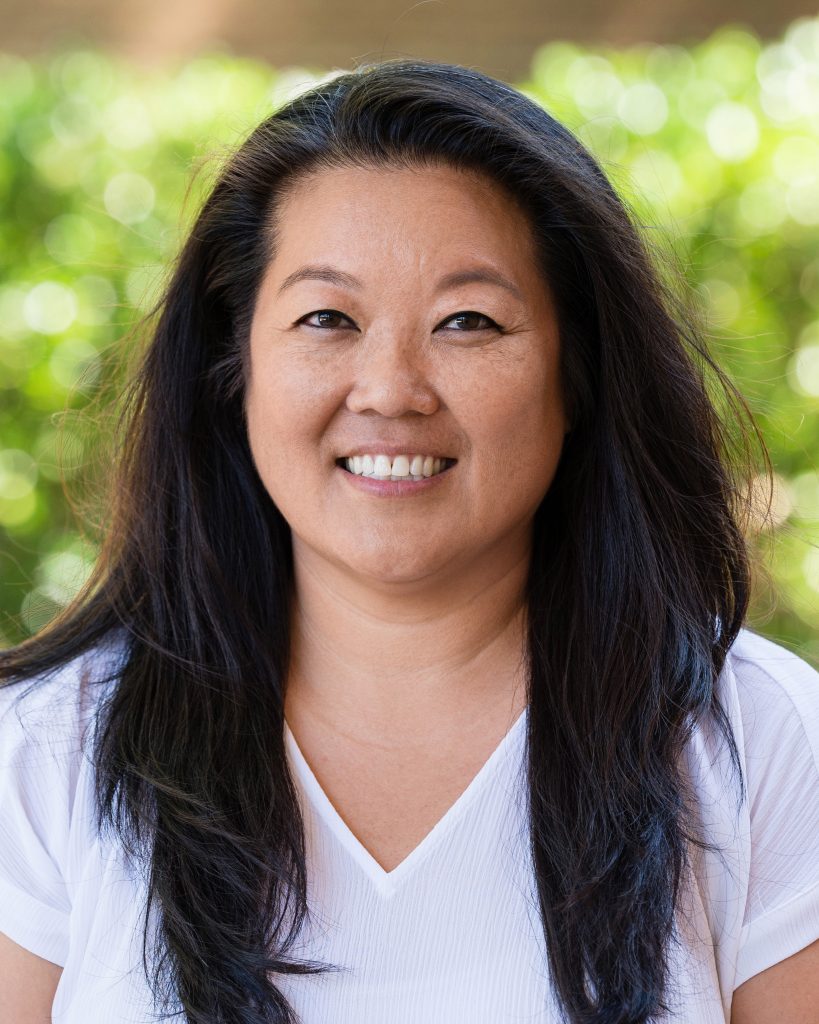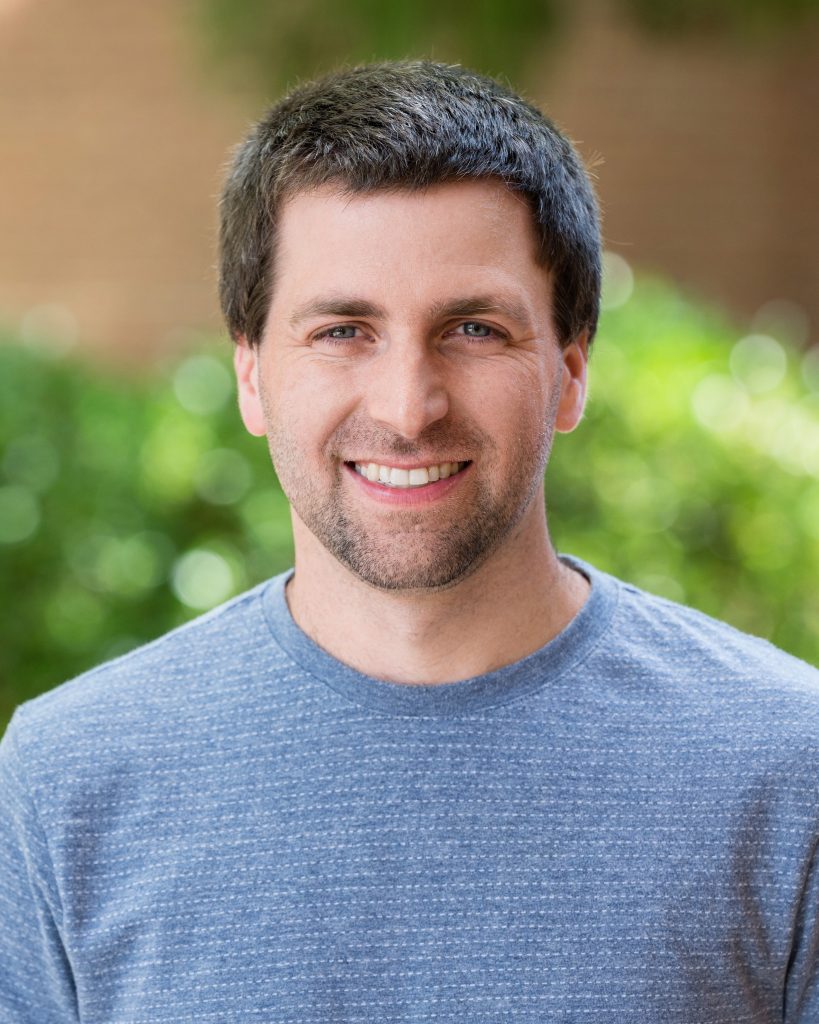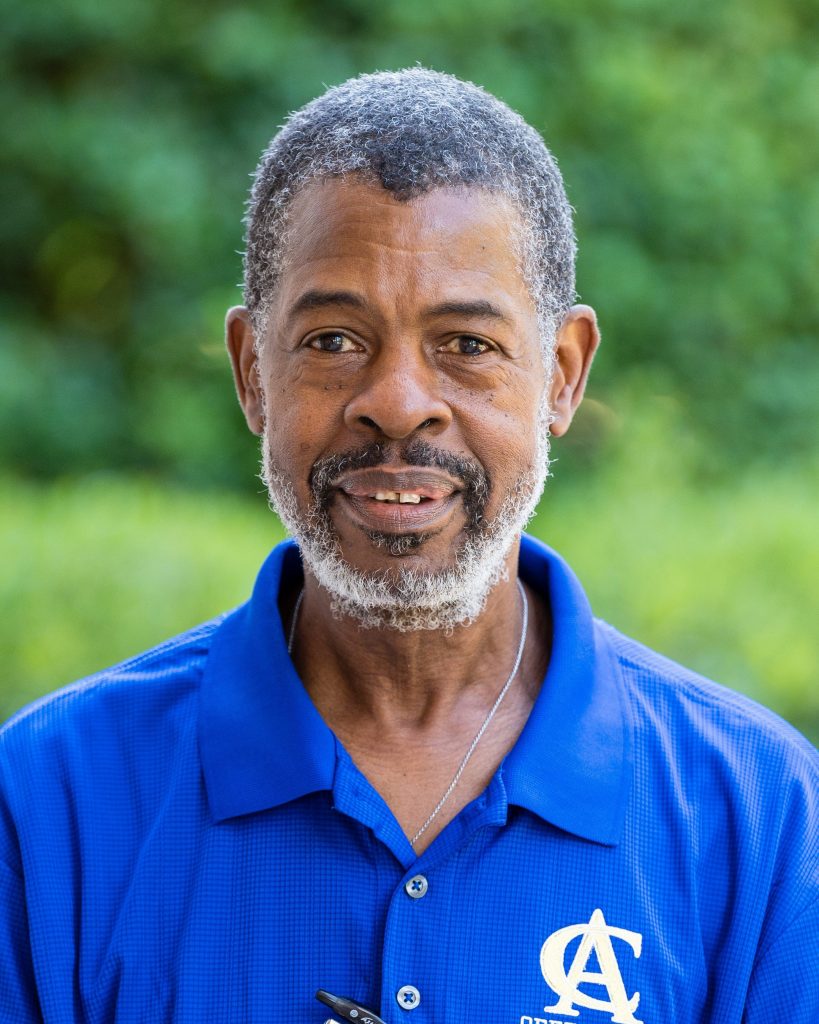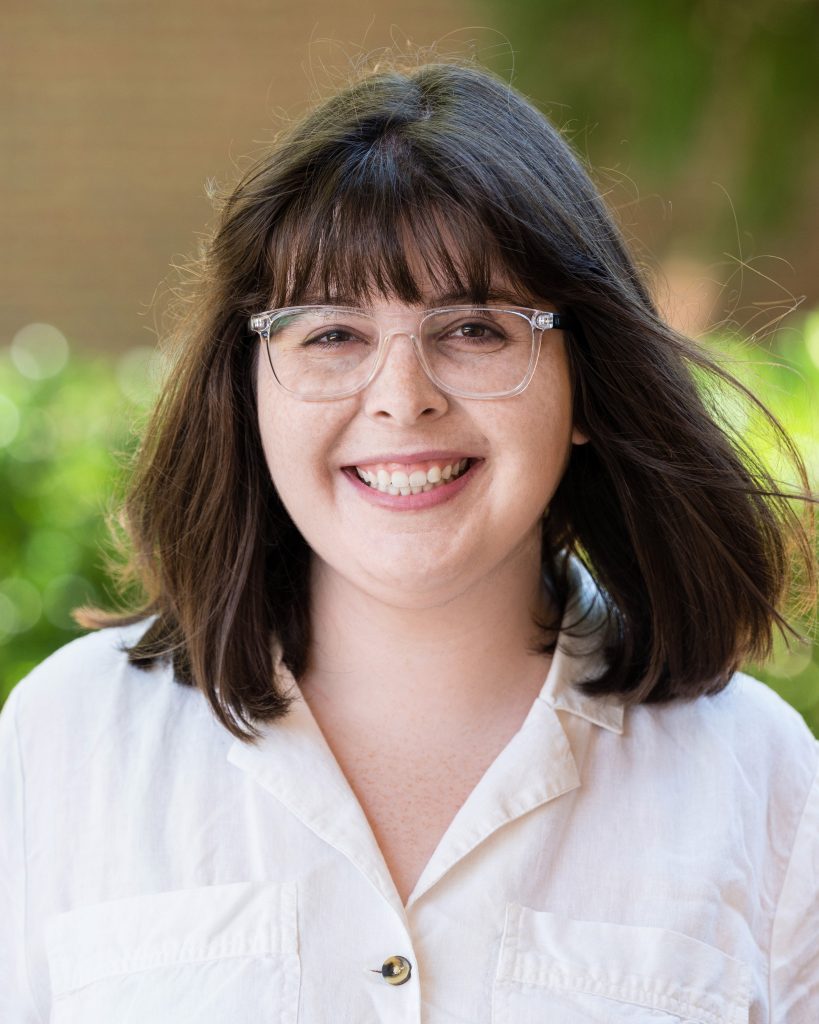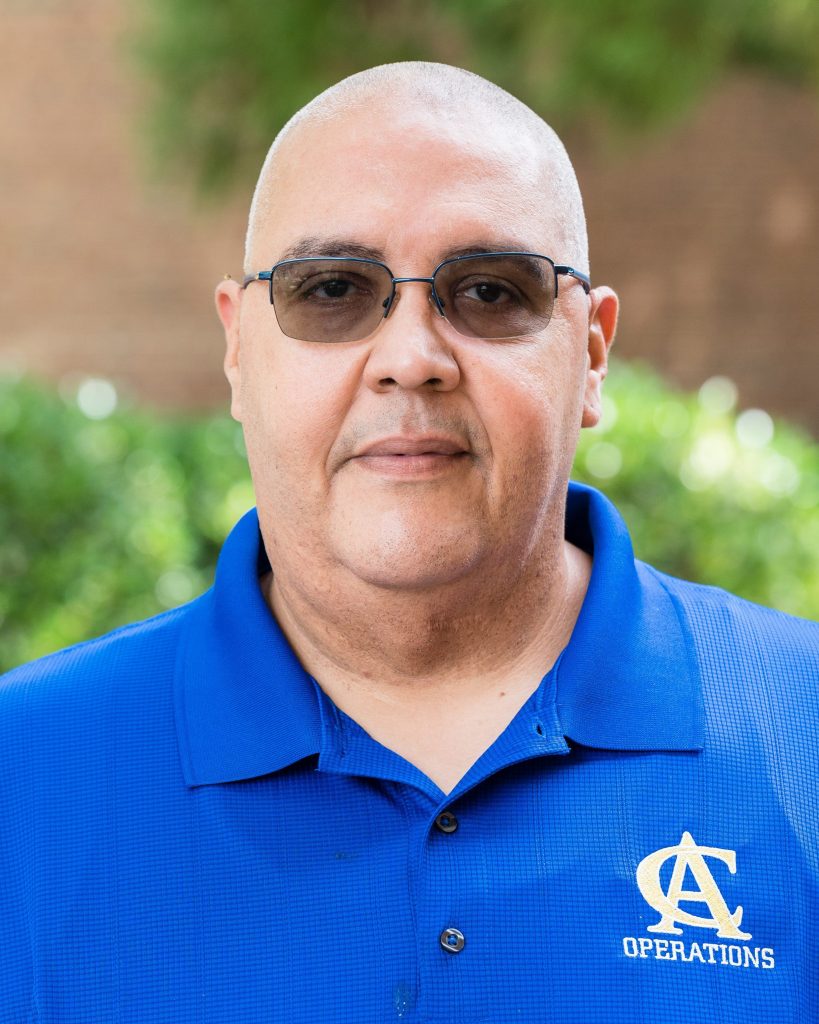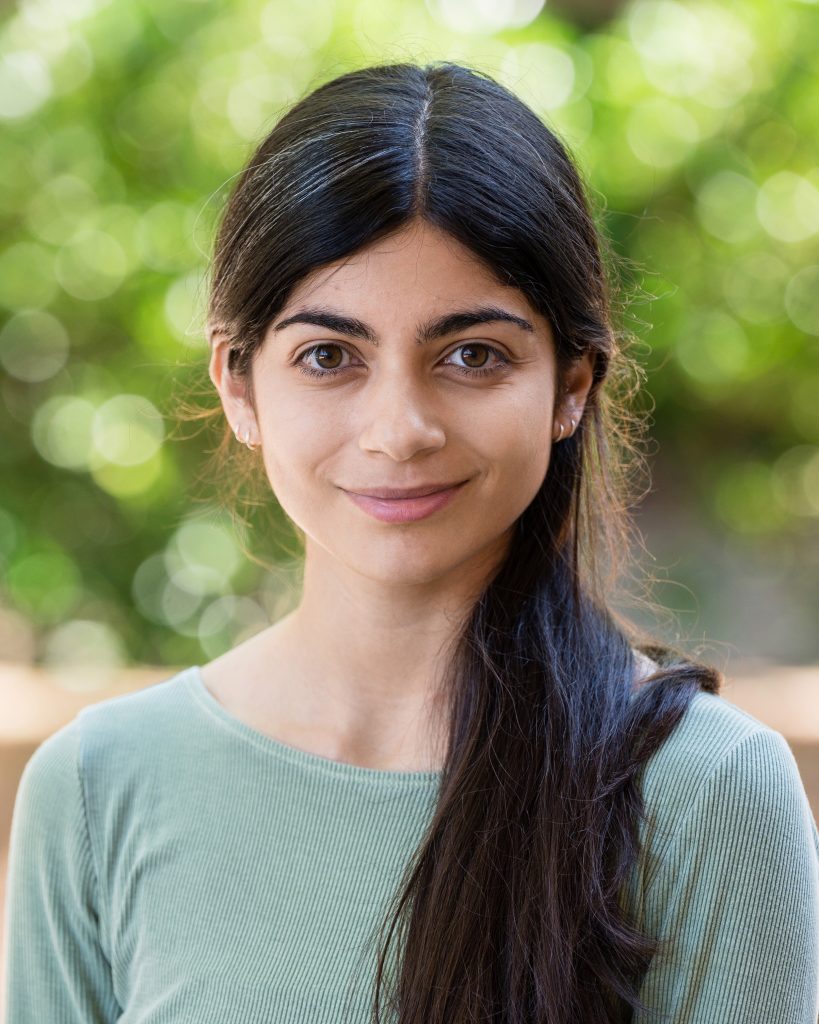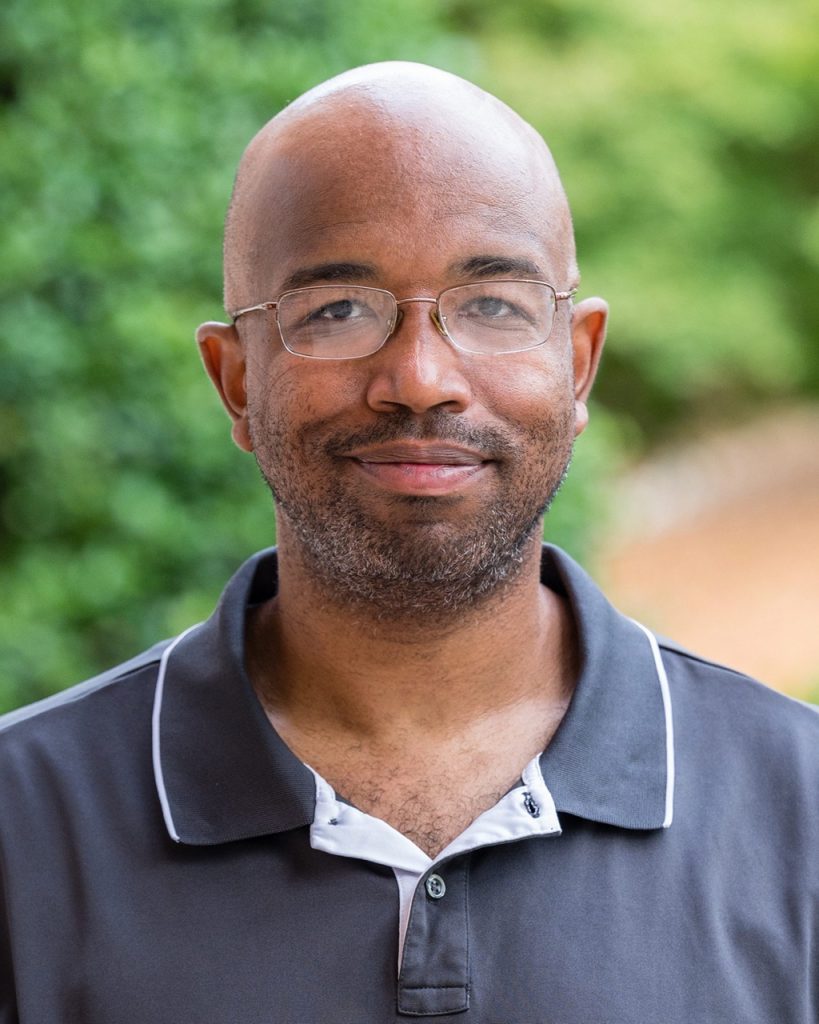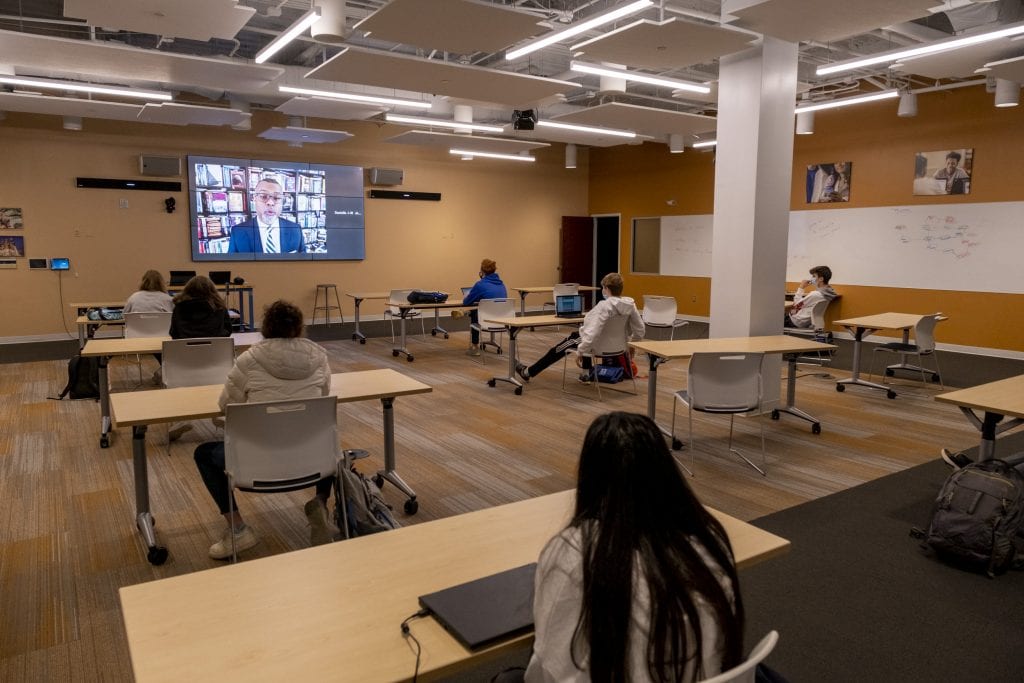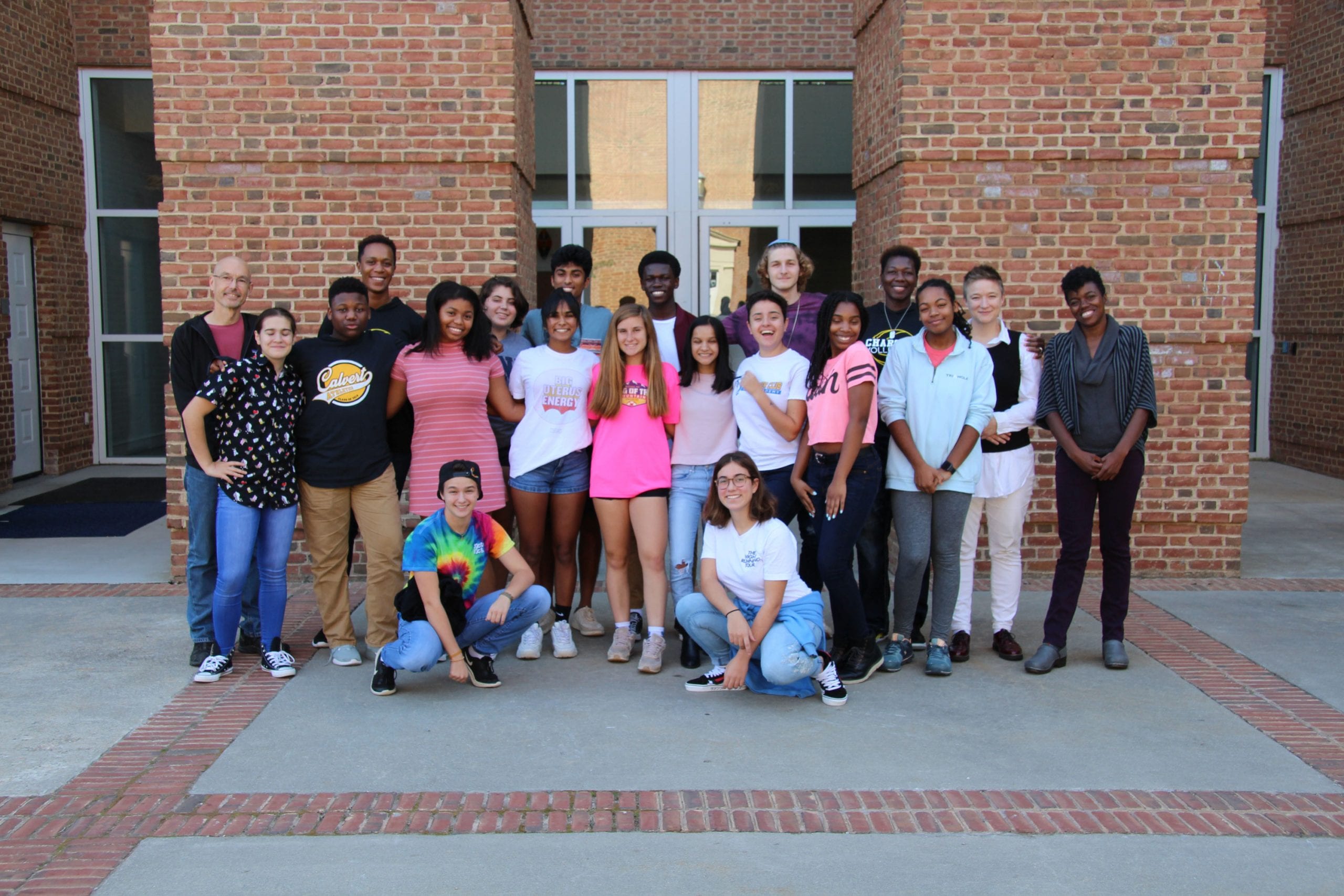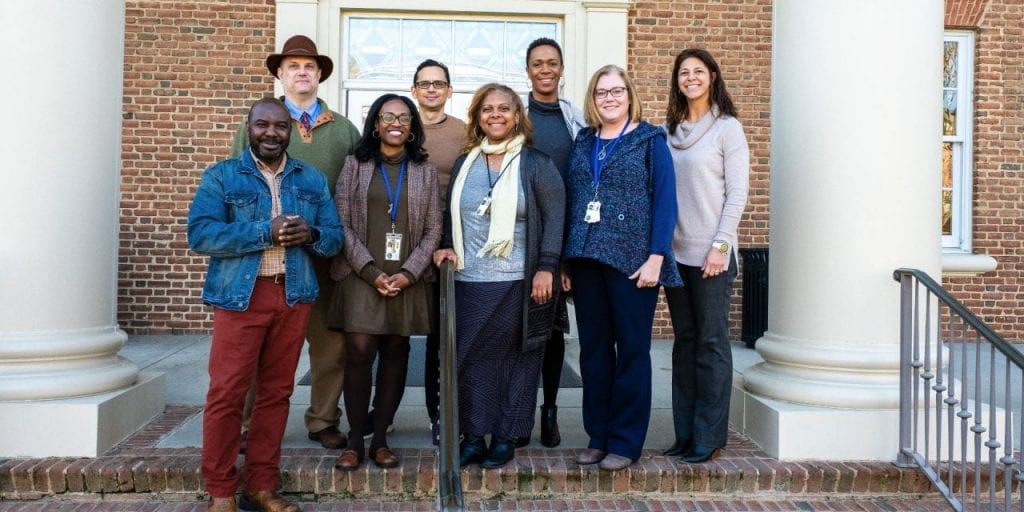What is the key to understanding each other? What allows us to open ourselves to the diverse experience and perspectives of others? How can we create a community strengthened by our differences, rather than one divided by them? How can we engage in difficult conversations around important—and even polarizing—issues in ways that support, respect, and validate all our community members, their belief systems, and backgrounds?
As a learning community that places a high value on inclusivity and equity, these questions are of the utmost importance at Cary Academy. Now in its third year, the Dialogue Across Difference initiative aims to respond to them by providing a framework for community members to “meet in the middle” to respectfully and thoughtfully engage each other’s differences in a productive, validating, and community-building way.
“We are one of the most diverse independent schools in the Southeast. It doesn’t matter that we are all at Cary Academy, each one of us brings different things—perspectives, experiences, backgrounds—to the table,” offers Director of Equity and Community Engagement Danielle Johnson-Webb.
“It’s critical that all of our students, faculty, and staff, feel that their voices are heard loud and clear, so, at the end of the day, we can find common ground,” continues Johnson-Webb. “So that we can say ‘We may come from different backgrounds, have different perspectives, or different opinions, but we still care about the same things. We still share concerns. We still value and respect each other as community members despite our differences and can learn from each other because of them.’”
Dialogue across Difference launched at CA in 2017, after CA’s leadership identified a need to help facilitate challenging conversations on campus. After an exhaustive search, they ultimately chose the Reflective Structured Dialogue method employed by Cambridge, Massachusetts-based consulting firm, Essential Partners, having encountered the approach in use at the University of North Carolina.
Reflective Structured Dialogue relies on personal narratives to break down stereotypes and create a sense of common ground and shared humanity. Participants are encouraged to listen and reflect upon what they hear, rather than react. All of this happens within a guided, structured format that ensures everyone has the chance to speak and to be heard in an open, thoughtful environment.
The Power of Dialogue
“Vulnerability is the key,” explains Meirav Solomon ’21, who underwent intensive training to become a dialogue facilitator as part of an expansion of the Dialogue Across Difference initiative. “A lot of perspective-taking is based in vulnerability. It’s the key ingredient in a good structured dialogue. It’s crucial to the ‘meet me in the middle’ experience that dialogue is all about.”
And “meeting in the middle” is crucial. Johnson-Webb is quick to point out that the goal of dialogue is not about changing anyone’s mind. “It isn’t debate; it isn’t intended to be persuasive,” explains Johnson-Webb. “Dialogue doesn’t mean that you have to accept what someone else says as your truth; its intent is only to build a common understanding.”
That’s a distinction that isn’t lost on students. “When a debate occurs, you never feel like you get to hear a person’s full point of view,” explains Vibhav Nandagiri ’21, a newly-trained dialogue facilitator. “But, through dialogue, you get to learn someone else’s perspective without any competitive need to win an argument. It leads to mutual understanding; listening to each other helps us chip away at our differences.”
It is a process that Clay Thornton ’21 has found leads to a closer connection and the development of empathy. “It’s hard to argue with someone’s experience,” he explains. “Having an environment that gives you that space to listen to others talk about their experiences and understand how those experiences have led them to the opinions that they have—it is truly eye-opening.”
Importantly, dialogue isn’t just about listening; the act of storytelling is just as important to the process. “To form the connections and relationships, it’s all about storytelling in the beginning,” explains teacher and Upper School advisor Kimberly Shaw, an inaugural Essential Partners Fellow, who took part in intensive leadership training in Boston and has led dialogues on college campuses and amongst communities beyond the CA campus.
“As you enter a dialogue, you can either decide to lean into your vulnerability and share your story, or you can hang back; the more vulnerable you allow yourself to become, the more connected you feel with those around you,” Shaw explains. “My first dialogue was in a group of strangers from around the globe. After two days of sharing our stories, sharing pieces of ourselves, and listening to each other speak our truths—I’ve never felt such strong connections to people that I’ve only known for two days. That’s the power of dialogue.”
To create that safe space that allows participants to “lean into their vulnerability,” dialogue has strict guidelines, rules of engagement that are co-authored and agreed to by all participants at the outset. These guidelines might cover anything from respectful body language, to allowing space for silence, to prohibiting cross-talk and interruptions, to confidentiality and assurances that what is said in the dialogue space, stays in the dialogue space, or any other parameters that the participants feel need to be addressed.
For Becca Humphries ’21, the creation of that safe space made all the difference in her dialogue training experience. “The dialogue setting created an environment where people weren’t afraid to open up and share those things that they might not always share out loud. It made us feel closer and provided a stronger sense of trust. It allowed me to be vulnerable to people outside of my community and to be open to sharing.”
Dialogue on Campus
Dialogue Across Difference is considered so critical to CA’s core value of fostering a richly diverse, equitable, and inclusive learning community that it is a core commitment of the Center for Community Engagement. The newly formed Center, which coordinates cross-divisional work in experiential learning, service learning, entrepreneurship, and equity, offers students opportunities to stretch, grow, and co-author their learning through meaningful engagements both within and outside of the CA community.
During the first two years of Dialogue Across Difference, the program initiated dialogues amongst CA’s faculty and staff, Board of Directors, parent groups, and students. The first student dialogues were facilitated by faculty members, with later dialogues co-facilitated with student leaders who had participated in specialized training.
The success of those latter dialogues inspired Johnson-Webb, who envisions student leadership as an important strategy for building community both on campus and off. It is this vision that prompted the recent training of 17 new student facilitators in October; 17 more students will undergo training in the spring.
Indeed, the shift from dialogue participant to facilitator was a powerful leadership experience for recent student trainee Jordan Cuffee ’21: “The dialogue training allowed me to push myself to speak up first. In an informal conversation, I’m not usually the first person to voice my opinion; I usually end up listening, rather than taking a stance on sharing my opinion. But the dialogue training empowered us to decide if we want to say something now or listen. It really made me feel part of the conversation, rather than being on the outside, observing.”
“Like all CA programming, we’re always evaluating and reflecting to consider what is working and what isn’t, how we can increase impact, how to better meet the needs of our community,” says Johnson-Webb. “Putting students in the drivers’ seats as trained facilitators in these dialogue sessions, allowing them to own the process and work alongside faculty to address community issues—it makes them more invested in the dialogues. Hopefully, that leads to meaningful experiences that benefit our whole community.”
“Student facilitators flip the script,” offers Shaw. “When students lead, you can see a change occur, a shift as they understand the difference between being a participant and being a facilitator, as they work to hear and address the needs of their classmates and community.”
That shift is already having an impact on the way students see their concerns being heard by faculty and staff. “It makes you respect [the faculty] even more when they talk to you as equals,” Nandagiri explains. “To harness that in dialogue allowed me to realize that they actually do want to meet us in the middle.”
“Even though I knew my opinion was valid, to know that everyone there—not only the students but the teachers too—wanted to hear what I had to say, it made me feel my experience mattered,” adds Cuffee.
In addition to increasing student facilitator training, Johnson-Webb is also altering the way dialogues are implemented school-wide by engaging Upper School students in the choice of topics they will take up during this
year’s dialogues.
Already, a committee of student leaders has suggested a slate of dialogue topics that will be put to a vote by the Upper School student body. Topics under consideration include the role of PE and athletics on student health at CA; the definition of privilege, how it is manifested at CA, and its impact on students’ futures; how to better foster a community that honors all political ideologies; social dynamics and cliques; and stress and academic pressure.
It’s an innovative and forward-thinking approach to fostering inclusivity that sets CA apart. “The best thing a school can do is to call us before there’s a crisis—to live out the fullness of its diversity, to strengthen community resilience, or to transform its institutional culture,” offers Essential Partners Co-Director John Sarrouf. “Cary Academy’s vision and ambition are groundbreaking, and they are inspiring other schools to develop robust cultures of dialogue as well.”





